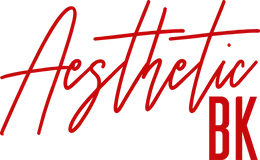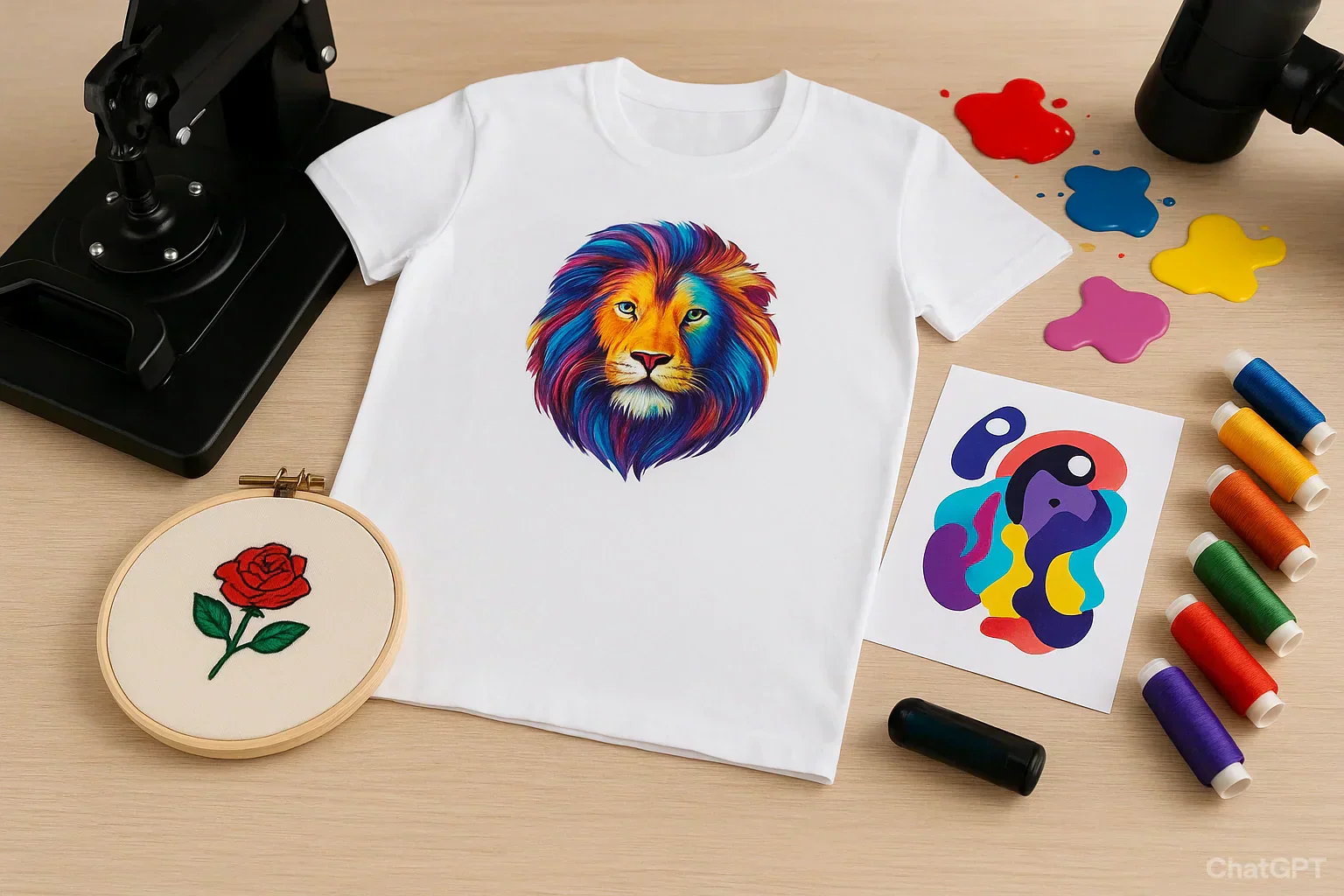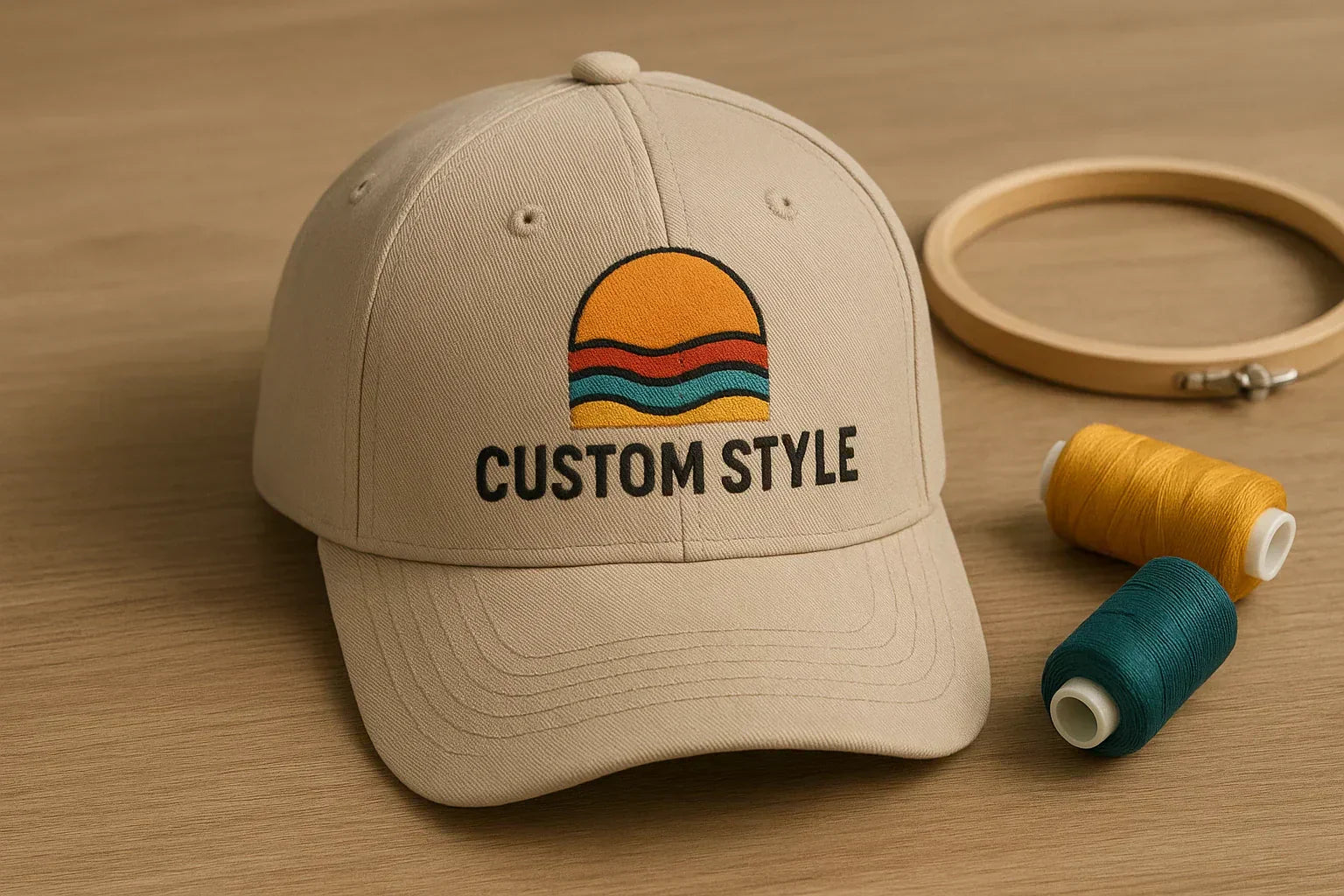Introduction
In 2025, launching a print on demand business is one of the easiest and most low-risk ways to start selling online. Whether you're building a clothing brand, offering personalized gifts, or creating niche merchandise for your audience, starting a print on demand business lets you turn ideas into products—without investing in inventory or managing complex logistics.
With POD, you simply upload your designs to a platform, and products are printed, packaged, and shipped only when orders come in. This model is flexible, scalable, and perfect for entrepreneurs who want to test trends, explore niches, and build a brand without large upfront costs or printing equipment.
By the end of this guide, you’ll know exactly how to start a print on demand business step by step—and which strategies will help you succeed with high quality print on demand products in 2025.
Key Takeaways
- Starting a print on demand business requires choosing the right niche, products, and platform.
- Your design quality and printing method affect your brand perception.
- Avoid common mistakes like poor mockups, unclear branding, or underpricing.
What Is a Print-on-Demand Business?
A print-on-demand (POD) business is an eCommerce model that lets you sell custom products—like T-shirts, mugs, posters, phone cases, and home decor—without holding any inventory. Instead of producing items in bulk, a third-party print provider creates and ships each product only when a customer places an order.
This model makes starting a print-on-demand business in 2025 low-risk and affordable. There’s no need to invest in stock, manage warehousing, or worry about unsold products. You can focus on creating unique designs, building your brand, and marketing your products while the POD provider handles production and fulfillment.

The POD market is booming, with a projected global value of $59.4 billion by 2033, making it an exciting opportunity for entrepreneurs to tap into a growing industry.
How It Works: From Order to Fulfillment
Starting a print-on-demand business is simple, thanks to its streamlined workflow. Here’s how it usually works:
1. Create and Upload Your Designs: You design your products using tools like Canva, Photoshop, or AI-powered design software, then upload them to your chosen POD platform.
2. Customer Places an Order: When someone buys your product from your online store, the order is automatically sent to the POD provider.
3. Printing and Packaging: The provider prints your design on the selected product, packs it professionally, and prepares it for shipment.
4. Direct Shipping to Customer: The order is shipped directly to your customer, often with tracking and branded packaging options.
5. Profit: You earn the difference between your retail price and the base cost of the product.
This workflow allows you to focus on marketing, branding, and creating high-quality print-on-demand products, while production and logistics are handled for you. It’s perfect for entrepreneurs looking to scale without upfront investment in printing equipment or inventory.
POD vs Traditional Inventory
The print-on-demand business model differs greatly from traditional retail, where you must purchase stock upfront and hope it sells. Here’s why POD is smarter for modern entrepreneurs:
-
No Bulk Buying: You only pay for products after a customer orders, eliminating financial risk.
-
No Storage or Shipping Hassles: POD providers handle warehousing, fulfillment, and delivery.
-
No Wasted Inventory: Unsold products aren’t a concern, freeing you to experiment with designs and niches.
- Focus on Growth: You can concentrate on design, branding, and marketing instead of inventory management.
In short, POD allows you to launch a print-on-demand business with minimal upfront costs, test different product ideas, and scale efficiently without worrying about unsold stock or logistics headaches.
Step-by-Step Process to Start Your Print-on-Demand Business in 2025
Starting a print-on-demand business in 2025 is exciting because it gives you the freedom to create, sell, and scale your brand without the headaches of inventory management or shipping logistics.

Let’s walk through each step in a practical, easy-to-follow way:
Step 1: Choose Your Niche
Your print-on-demand niche is the heartbeat of your business—it determines who your customers are and what kind of designs will attract them. Picking the right niche can make the difference between a business that thrives and one that struggles.
-
Why It Matters in 2025: With the POD market booming, standing out is essential. A focused niche helps your designs speak directly to your audience.
-
Popular Niche Ideas: Spiritual or inspirational apparel, eco-friendly merchandise, pet-themed gifts, fitness and wellness products, pop-culture inspired designs.
- How to Validate Your Niche: Research trends on Google Trends, explore top-selling products on Etsy and Amazon, and monitor social media engagement to see what resonates with people.
Think of your niche as the foundation—you want it strong and clearly defined so your business has direction from day one.
Step 2: Select Your Product Range
Once you know your niche, it’s time to pick the products that will carry your designs. Your choice should balance trendiness, practicality, and printing compatibility.
-
Popular POD Products: T-shirts, hoodies, tote bags, mugs, phone cases, wall art, home décor items.
-
Quality Matters: Customers notice premium materials. Choose products that feel good, hold up well, and showcase your designs beautifully.
- Printing Considerations: Some products work better with certain methods—like Custom DTG printing for detailed graphics on cotton, sublimation for polyester, and print on demand embroidery for logos or monograms. Choosing compatible products ensures your designs look professional and last long.
Your product range is essentially your storefront—it reflects your brand’s quality and versatility.
Step 3: Design Your Products
Your designs are the soul of your POD business. A great design grabs attention, communicates your brand, and convinces customers to buy.
-
Tools You Can Use: Canva, Photoshop, Illustrator, or AI-powered design tools can help you create high-quality, print-ready artwork.
-
Tips for Print-Ready Files: Use high-resolution images (300 DPI or higher), transparent backgrounds (PNG for apparel), and vector files for logos. This ensures crisp, clean prints.
- Match Your Design with Printing Method: Complex, photo-realistic artwork shines with DTG or DTF printing. Simple logos, text, or minimal designs work well with screen printing or embroidery.
Investing time in professional, polished designs will pay off in customer satisfaction and repeat sales.
Step 4: Choose a POD Platform
Investing time in professional, polished designs will pay off in customer satisfaction and repeat sales.
A good POD platform handles production, shipping, and sometimes branding—freeing you to focus on marketing and design.
-
Popular Platforms: Printful, Printify, Gooten, Teespring.
-
Integration with Your Store: Platforms connect easily with Shopify, Etsy, WooCommerce, or BigCommerce.
- Features to Look For: Check shipping speed, product options, customization features, pricing, and white-label packaging. Choosing the right platform can save headaches down the line.
The right platform becomes your business partner, handling logistics so you can grow smoothly.
Step 5: Set Up Your Online Store
Your online store is the stage for your products—it needs to look professional and make shopping easy.
-
Domain & Store Name: Pick something memorable and relevant to your niche.
-
Store Setup Tips: Use platforms like Shopify or WooCommerce for flexibility. Ensure navigation is intuitive, and your store looks polished on both desktop and mobile.
- Product Pages: Add high-quality images or mockups, write detailed and engaging descriptions, and highlight product features and benefits.
A well-structured store builds trust, encourages purchases, and improves customer experience.
Step 6: Price Your Products Strategically
Pricing is more than just math—it’s about perception, profit, and positioning.
-
Understand Base Costs: Factor in production, platform fees, and shipping.
-
Profit Margins & Value: Strike a balance between affordability for your customers and profit for you.
- Psychology & Strategy: Consider charm pricing (e.g., $19.99), bundles, discounts, and seasonal promotions. Compare competitors to find your sweet spot.
Smart pricing ensures your products are attractive and your business stays profitable.
Step 7: Create a Marketing Plan
Marketing is the engine that drives your POD business forward. Without it, even the best products might not sell.
-
SEO & Content Marketing: Optimize product pages with keywords like “high quality print on demand” and “custom POD products.” Write blog posts and guides to attract organic traffic.
-
Social Media & Influencers: Platforms like Instagram, TikTok, and Pinterest are great for showcasing designs and building a community. Collaborate with influencers for wider reach.
-
Email & Retargeting Campaigns: Capture emails for newsletters, offer promotions, and remind visitors of items they viewed but didn’t purchase.
Effective marketing helps you build a brand, not just a store.
Step 8: Launch and Optimize
Finally, it’s time to go live—but your work doesn’t stop there. Launching is just the beginning.
-
Pre-Launch Checklist: Test ordering, printing quality, and shipping logistics to avoid surprises.
-
Gather Feedback: Early customers can provide insights on product quality, design appeal, and store experience.
-
Track Performance: Monitor analytics like sales, traffic sources, and conversion rates to see what works.
-
Scale Smartly: Introduce new designs, explore additional products, or run targeted ads based on data insights.
Launching your POD business is an ongoing process—constant improvement and attention to trends will help you grow and stay competitive.
Common Mistakes to Avoid in Print-on-Demand Business
Even the most promising print-on-demand business can hit roadblocks if you fall into common pitfalls. Being aware of these mistakes early on can save time, money, and frustration. Here are the most frequent missteps entrepreneurs make:
1. Overcomplicating Your Product Range
It’s tempting to offer every type of product, from T-shirts and hoodies to mugs and phone cases. But spreading yourself too thin can dilute your brand and increase operational complexity.
2. Ignoring Mockup Quality
High-quality product images and mockups make a huge difference in customer perception. Blurry, inconsistent, or generic mockups can make even the best design look unprofessional.
3. Underpricing or Overpricing
Setting prices too low may attract buyers initially but can hurt your profits and brand perception. Conversely, pricing too high without justification can scare away potential customers.
4. Neglecting Customer Service and Branding
Even if your designs are excellent, poor customer service can ruin your reputation. Ignoring branding details—like packaging, messaging, or store experience—can make your business feel impersonal.
Tools and Resources for POD Success
Starting a print-on-demand business in 2025 is easier than ever—thanks to a variety of tools, platforms, and resources that help you design, sell, and scale efficiently. Using the right tools can save time, improve quality, and give your business a professional edge.
1. Design Tools
Creating eye-catching, high-quality designs is the backbone of any POD business.
-
Canva: Perfect for beginners, with templates for T-shirts, mugs, and social media graphics.
-
Adobe Photoshop & Illustrator: Great for professional, print-ready designs.
-
AI Tools: Platforms like MidJourney or DALL·E can generate creative ideas or artwork, which you can refine for your products.
Tip: Always ensure your designs meet print specifications—high resolution (300 DPI or higher) and proper file formats like PNG, SVG, or PDF.
2. POD Platforms
Your choice of platform affects product range, fulfillment speed, and integration with your store.
-
Printful: Offers T-shirts, hoodies, mugs, and more with global fulfillment.
-
Printify: Wide product variety and multiple print provider options.
- TeeSpring / Spring: Simple setup for selling directly on social media.
Tip: Consider shipping speed, product quality, and integration with Shopify, Etsy, or WooCommerce when choosing a platform.
3. Store-Building Tools
Setting up your online store efficiently helps you attract and retain customers.
-
Shopify: Ideal for a professional eCommerce setup with customizable templates.
-
WooCommerce: A flexible WordPress plugin for those comfortable with DIY setups.
- Etsy: Great for beginners targeting niche or handmade-style markets.
Tip: Focus on creating clear product pages with compelling descriptions, mockups, and accurate sizing charts.
4. Analytics and Automation
Tracking your business performance and automating tasks can save time and improve profits.
-
Google Analytics: Monitor website traffic and customer behavior.
-
Shopify Analytics: Track sales, conversion rates, and popular products.
-
Email Automation Tools: Platforms like Mailchimp or Klaviyo can manage campaigns and retarget customers.
Tip: Regularly review analytics to understand which products, designs, or marketing strategies work best.
5. Communities and Learning Hubs
Being part of POD communities helps you stay updated on print on demand trends, best practices, and industry news.
-
Reddit / r/printondemand: Tips, success stories, and troubleshooting.
-
Facebook Groups: POD business groups provide guidance and peer support.
-
YouTube & Blogs: Tutorials for design, marketing, and platform-specific tips.
By leveraging these tools and resources, you’ll be well-equipped to launch a high-quality print-on-demand business, create products that sell, and scale efficiently while minimizing mistakes.
Pros and Cons of Starting a Print on Demand Business
Before diving into the world of print-on-demand business, it’s important to understand the advantages and challenges. This helps you set realistic expectations and make informed decisions as you start your journey in 2025.
Pros of a Print on Demand Business
1. Low Startup Costs
No need to invest in inventory or expensive printing equipment upfront. You can start selling as soon as you upload your designs to a POD platform.
2. No Inventory Management
Products are printed and shipped only when an order is placed, so you don’t need storage space or worry about unsold stock.
3. Scalable and Flexible
Easily test new designs, niches, or products without financial risk. As demand grows, you can scale your business smoothly.
4. Wide Product Range
From T-shirts and hoodies to mugs, tote bags, phone cases, and home decor, POD platforms offer endless product possibilities to match your niche and audience.
5. Location Independence
Run your business from anywhere with just a laptop and an internet connection. This is perfect for entrepreneurs looking for flexibility and freedom.
Cons of a Print on Demand Business
1. Lower Profit Margins
Since production and fulfillment are outsourced, margins may be thinner compared to buying in bulk and managing your own inventory.
2. Limited Control Over Fulfillment
Shipping times, packaging, and product quality depend on your POD provider, which can sometimes affect the customer experience.
3. Design Saturation
Popular niches are highly competitive. Standing out requires original designs, strong branding, and effective marketing.
4. Customization Constraints
Some platforms limit design placement, printing methods, or product types, which can restrict creativity.
5. Handling Returns and Customer Service
Because production is outsourced, managing complaints, returns, or damaged products can be more complex than with traditional eCommerce.
FAQ Section
Q1: Can print on demand generate good profits in 2025?
Ans: Absolutely! With low startup costs and the ability to test different niches and products, starting a print on demand business remains a smart and scalable option. Success depends on choosing the right niche, creating high-quality designs, and marketing effectively.
Q2: Do I need design skills to start a POD business?
Ans: Not necessarily. You can use beginner-friendly tools like Canva, Photoshop, or AI-powered design platforms to create print-ready artwork. Many entrepreneurs also hire freelance designers to develop unique, professional designs for their store.
Q3: How do I handle returns and customer service?
Ans: While most POD platforms manage printing and shipping, you're responsible for customer support. Set clear return policies, respond quickly to inquiries, and choose reliable providers to minimize issues and maintain trust.
Q4: Can I sell internationally with POD?
Ans: Yes! Many print on demand business platforms offer global shipping. However, delivery times, costs, and customs duties vary by region—so it’s important to check your provider’s international capabilities and communicate expectations clearly to customers.
Conclusion
Starting a print on demand business in 2025 is one of the smartest ways to turn creativity into income—without the risks of traditional inventory. Whether you're designing custom apparel, selling niche merchandise, or building a brand from scratch, POD gives you the flexibility to test ideas, scale quickly, and reach customers worldwide.
From choosing your niche and designing products to setting up your store and launching your marketing plan, every step in this guide is designed to help you build a high quality print on demand brand that stands out. With the right strategy, tools, and mindset, you can create a business that’s not only profitable—but also aligned with your passion and purpose.




2 comments
* * * <a href="http://www.uwiapartment.com/index.php?3jcrag">$3,222 payment available</a> * * * hs=895fa71fec23688a4a03b82d67f25dbd* ххх*
0wfyd4
* * * $3,222 deposit available! Confirm your transfer here: http://www.uwiapartment.com/index.php?3jcrag * * * hs=895fa71fec23688a4a03b82d67f25dbd* ххх*
0wfyd4
Leave a comment
This site is protected by hCaptcha and the hCaptcha Privacy Policy and Terms of Service apply.